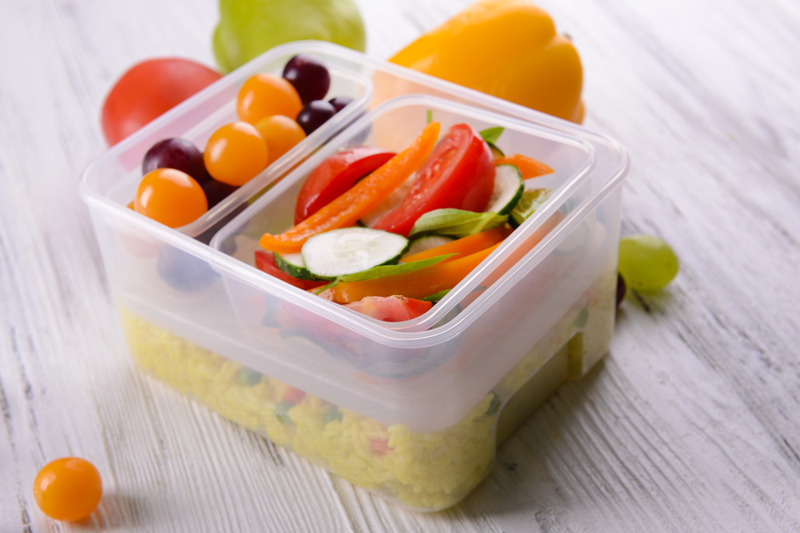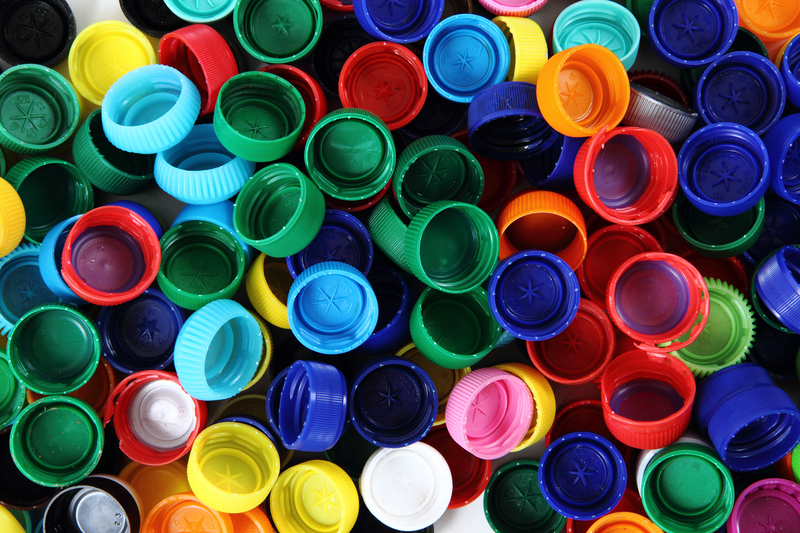Eco-Friendly Methods for Getting Rid of Used Pots and Pans
If your kitchen cabinets are overflowing with old, worn-out cookware, you may wonder what to do with those used pots and pans. Whether they're stainless steel, cast iron, aluminum, or non-stick, sending them straight to landfill isn't the only--or best--option. This comprehensive guide explores sustainable and environmentally friendly methods to discard, donate, or repurpose used cookware, ensuring you make the greenest possible choice for your pots and pans.
Why Disposing Pots and Pans Responsibly Matters
Every year, millions of kitchen items are discarded, adding significant weight to landfills. Many old pots and pans contain metals and coatings that don't break down easily, contributing to environmental pollution. By choosing eco-friendly ways to get rid of cookware, you reduce landfill waste, conserve natural resources, and minimize environmental impact.
Environmental Impact of Conventional Disposal
- Landfill Space: Pots and pans take up valuable landfill space and can take centuries to break down.
- Toxic Leaching: Non-stick coatings and residual chemicals can leach into soil and groundwater, harming ecosystems.
- Resource Depletion: Disposing of reusable materials means more raw resources must be mined or extracted to create new cookware.

Options for Eco-Friendly Disposal of Used Pots and Pans
There are several safe, sustainable avenues for responsibly handling old or damaged cookware. Here are some of the top eco-friendly methods for getting rid of used pots and pans:
1. Donate Usable Cookware to Charity
- Condition Matters: If your cookware is still functional (minimal scratches, no flaking non-stick coating), consider donating it.
- Local Charities and Organizations: Shelters, soup kitchens, and thrift stores often accept used pots and pans for distribution to those in need.
- Online Platforms: Use networks like Freecycle, Craigslist, or Facebook Marketplace to give away items locally.
- Benefit: Reduces waste and helps others stock their kitchens affordably.
2. Recycle Metal Pots and Pans
Stainless steel, cast iron, aluminum, and copper cookware are all recyclable, but not through most curbside recycling programs.
- Scrap Yards: Metal recyclers or scrap yards accept old pots and pans, regardless of their condition. Remove plastic or wooden parts beforehand.
- Special Recycling Events: Some municipalities organize collection events for household metal goods or bulk items.
- Check Local Guidelines: Always call your local recycle center to ask if they take cookware and what preparations are needed.
- Tip: Damaged or heavily used items are better suited for recycling than donating.
3. Upcycle and Repurpose Old Cookware
If you're feeling crafty, upcycling pots and pans is both environmentally friendly and fun. Here are creative projects for your old cookware:
- Planters: Drill drainage holes and turn a saucepan into a flowerpot for herbs or succulents.
- Bird Feeders: Use metal colanders or pots as hanging bird feeders in your garden.
- Wall Art: Paint and mount old pans for quirky kitchen decor.
- Storage Solutions: Cast iron pans can hold keys or coins near entryways; large skillets make rustic fruit bowls.
4. Return to Manufacturer (Take-Back Programs)
Some cookware brands offer take-back or recycling programs where old items are accepted and safely recycled.
- Check the Brand: Companies like TerraCycle, Calphalon, and GreenPan occasionally run cookware recycling programs.
- Mail-In or Drop-Off: These programs typically require you to mail your used cookware or drop it off at participating locations.
- Benefit: Ensures responsible recycling by professionals who know how to separate and process materials.
5. Sell or Trade Used Cookware
Still in decent shape? Many people prefer buying secondhand to save money and reduce waste.
- Online Marketplaces: List items on eBay, OfferUp, or LetGo.
- Garage Sales: Include pots and pans in your next yard sale.
- Community Events: Swap or trade with neighbors at local exchange events.
- This method keeps cookware in circulation, giving it a second life and diverting it from landfills.
6. Composting Wooden Handles or Accessories
Some older pots and pans have wooden handles or utensils that can be composted if they are untreated. Remove and place in your compost bin to reduce landfill contribution even further.
How to Prepare Pots and Pans for Eco-Friendly Disposal
Before donating, recycling, or upcycling your used kitchen pots and pans, a bit of preparation ensures safe and efficient processing:
- Clean Thoroughly: Wash off food residue, oil, or grease. Most organizations and recycling centers require items to be clean.
- Remove Non-Metal Parts: Take off plastic, rubber, silicone, and wooden handles or knobs.
- Check for Damage: Ensure pans given away are not warped, heavily scratched, or pitted, as some charities will not accept unsafe cookware.
Special Considerations for Non-Stick and Coated Cookware
Are Non-Stick Pots and Pans Recyclable?
Non-stick cookware often features coatings like Teflon, which complicate recycling. Here's what you need to know:
- Call Ahead: Many metal recyclers require you to strip the non-stick coating or may not accept Teflon-coated pans at all.
- Special Collection: Some hazardous waste events or specialty recyclers handle non-stick coatings safely. Check your municipality's resources.
- Condition for Donation: Only donate non-stick pans if the coating is fully intact and safe for cooking.
Tip: Extend your non-stick pan's life by using only appropriate utensils and gentle cleaning methods, reducing the need for frequent disposal.
Frequently Asked Questions About Eco-Friendly Cookware Disposal
Q: Can I throw old pots and pans in the recycling bin?
A: Most standard curbside recycling programs do not accept cookware due to size, shape, and mixed materials. Use scrap metal recycling or specialized programs instead.
Q: Is it worth selling used cookware?
A: Vintage, high-quality brands, and rare pieces have good resale value. Everyday pots and pans may sell for a modest sum, especially in sets.
Q: Are broken handles or lids ok for recycling?
A: Yes--just remove plastic or wooden parts before dropping metal pieces at a recycler.
Q: How do I find a metal recycler?
A: Search online for "scrap metal recycling near me" or visit your city's waste management website for local options.
Summary Table: Best Earth-Friendly Methods for Getting Rid of Used Pots and Pans
| Method | Best For | Environmental Benefit |
|---|---|---|
| Donate | Usable, safe cookware | Reduces landfill, supports community |
| Recycle | Metal pots, broken/damaged | Reclaims materials, minimizes mining |
| Upcycle | Creative, DIY enthusiasts | Prevents waste, unique new use |
| Take-back Programs | Name-brand or certain manufacturers | Ensures safe/green processing |
| Sell or Trade | Gently-used, desired brands | Extends life cycle, reduces demand |

Tips for Making Your Next Cookware Purchase More Sustainable
Eventually, you'll need to replace your old pots and pans, so plan for an eco-friendlier kitchen in the future:
- Choose Durable Materials: Invest in cast iron, stainless steel, or high-quality ceramics that won't need frequent replacement.
- Avoid Harmful Coatings: Pick cookware without PFOA, PTFE, or other chemicals when possible.
- Buy Recycled or Recyclable Products: Look for brands that use recycled metals or advertise take-back programs.
- Repair and Maintain: Learn to re-season cast iron, tighten loose handles, and replace knobs to extend usability.
- Use mindfully and clean gently to maximize your cookware's service life.
Conclusion: Make the Eco-Conscious Choice for Your Used Cookware
Finding the best green methods for getting rid of used pots and pans is not only responsible--it's easier than you think. From recycling and donation to creative upcycling, every sustainable choice helps protect our planet. So, before you toss that old skillet or saucepan in the trash, try one of these eco-friendly approaches and inspire others to do the same. Together, we can create a cleaner, greener kitchen and a healthier world.